Traveling during peak season often means battling hordes of tourists, paying premium prices, and experiencing destinations through a filter of overcrowding. While some places genuinely shine during their high seasons, many destinations hold secret charms during their quieter months, offering authentic experiences, significant savings, and the rare luxury of having iconic sites almost to yourself.
The allure of off-season travel extends beyond just avoiding crowds. Here are 20 destinations that actually improve when you visit during their less popular months.
Venice, Italy
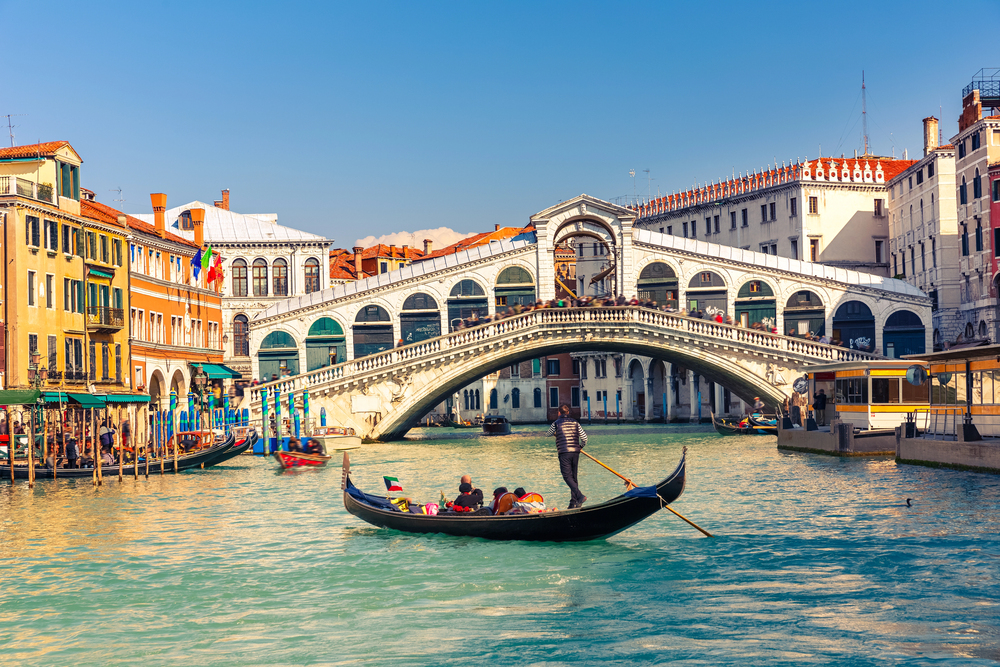
Venice in winter transforms from a selfie-stick obstacle course to a misty, mysterious labyrinth where you can actually hear your footsteps echo through ancient alleyways. The acqua alta (high water) phenomenon might require rubber boots, but watching locals navigate their flooding city with practiced nonchalance offers insights that no summer visit could provide.
Accommodation prices drop by nearly half, and restaurants serve authentic Venetian cuisine rather than watered-down tourist-oriented menus.
Yellowstone National Park

Winter in Yellowstone showcases a dramatically different park than its summer incarnation. Steaming geysers create surreal landscapes against pristine snow, and wildlife viewing improves as animals stand out against white backgrounds.
The park admits only a fraction of visitors during colder months, and guided snowmobile, or snow coach tours provide intimate access to areas that summer crowds render overwhelming.
Like Travel Pug’s content? Follow us on MSN.
The Algarve, Portugal

Portugal’s southern coast empties dramatically outside July and August, yet temperatures remain mild even in winter. Visiting in April-May or September-October means comfortable beach days without fighting for towel space on the sand.
Coastal hiking trails become accessible without summer’s scorching heat, and restaurants shift focus back to locals rather than rushing through tourist turnover.
Kyoto, Japan
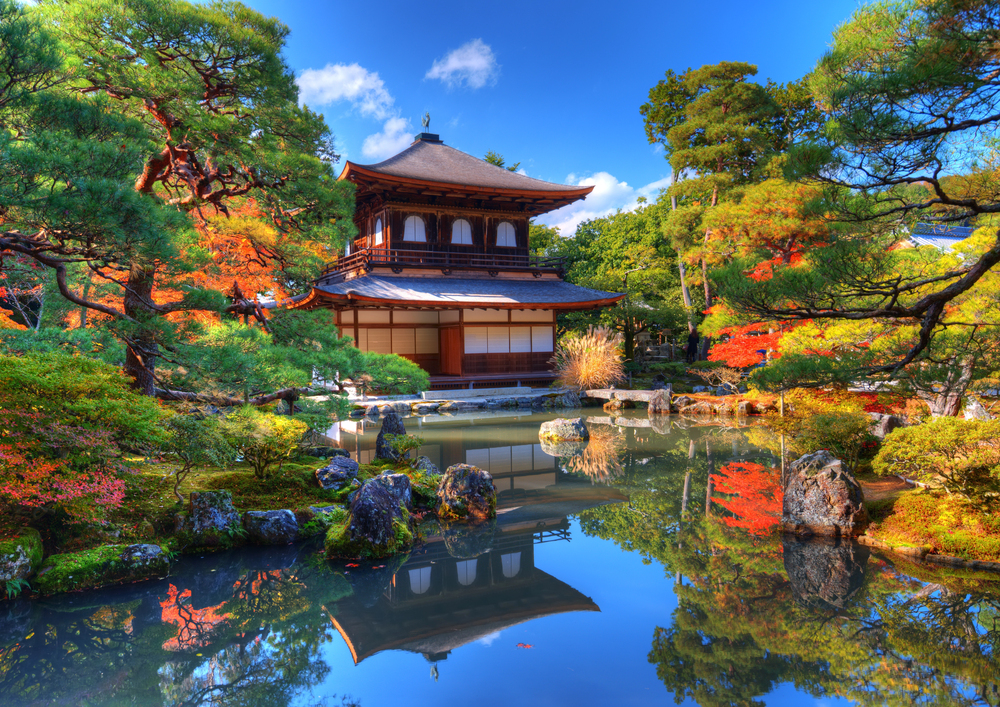
Autumn and winter in Kyoto offer magical experiences without spring’s cherry blossom crowds or summer’s humidity. November brings spectacular fall foliage to temple gardens, while February dusts ancient pagodas with occasional snow.
Traditional ryokans offer significant discounts, and tea ceremonies become authentic cultural exchanges rather than choreographed performances.
Costa Rica

The so-called “green season” (May through November) in Costa Rica delivers lusher landscapes and more active wildlife than the dry season. While brief afternoon showers do occur, mornings typically remain clear for adventures.
Accommodations across all categories offer substantial discounts, tour groups shrink to intimate sizes, and popular attractions like Manuel Antonio National Park become serene nature experiences rather than noisy hotspots.
Like Travel Pug’s content? Follow us on MSN.
Prague, Czech Republic

Winter transforms Prague into a fairytale setting where Gothic architecture gains dramatic frosty outlines. The famous Charles Bridge, impossibly packed during summer, becomes atmospherically empty on misty winter mornings.
Traditional Czech cuisine makes perfect sense in colder weather, and the absence of tour groups means you can actually appreciate the astronomical clock’s hourly performance without without jostling elbows.
New Orleans, Louisiana

Fall in New Orleans delivers perfect weather without the Mardi Gras or spring break crowds. October through December offers pleasant temperatures for exploring the French Quarter and Garden District on foot.
The city’s renowned food and music scenes cater more to locals during these months, creating richer, more spontaneous experiences.
Santorini, Greece
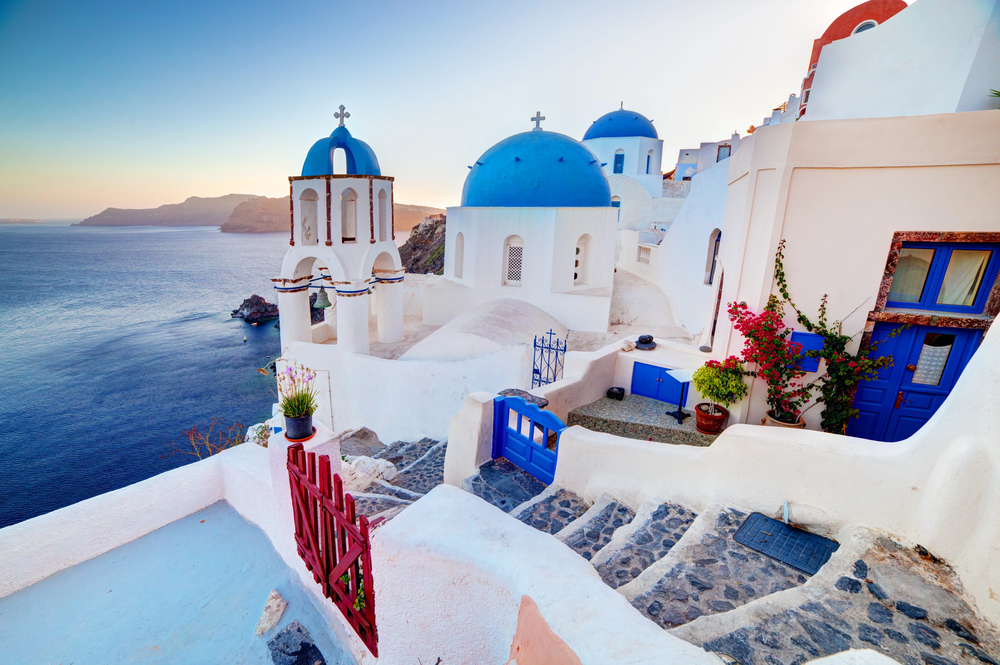
April-May or September-October in Santorini means enjoying those famous white-and-blue vistas without sharing them with cruise ship crowds. The Mediterranean remains warm enough for swimming, sunsets are just as spectacular, and restaurants have time to provide attentive service.
Accommodations with caldera views become somewhat more accessible price-wise, and narrow village streets feel charming rather than claustrophobic.
Like Travel Pug’s content? Follow us on MSN.
Banff National Park, Canada
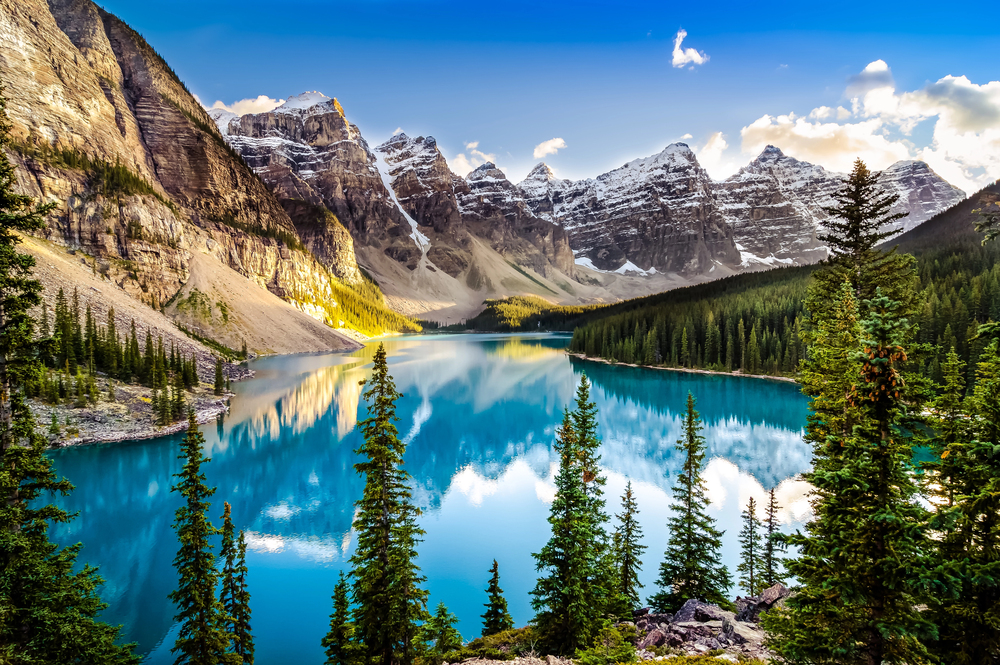
Fall in Banff brings golden larches, emptier hiking trails, and wildlife preparing for winter. The period between summer crowds and ski season sees dramatically reduced visitor numbers while maintaining relatively mild conditions for outdoor activities.
Lake Louise and Moraine Lake retain their stunning turquoise colors without the summer parking nightmares, and wildlife photography improves with fewer people disturbing natural behaviors.
Mexico City, Mexico

Visiting during the mild winter months (November through February) means exploring Mexico City’s incredible museums, markets, and architecture without summer’s heat and rain. The city’s famous street food scene becomes more enjoyable in cooler weather, and accommodations offer better rates.
Cultural events still abound, yet tourist sites like Teotihuacan allow for contemplative experiences rather than crowded shuffles between pyramids.
Charleston, South Carolina
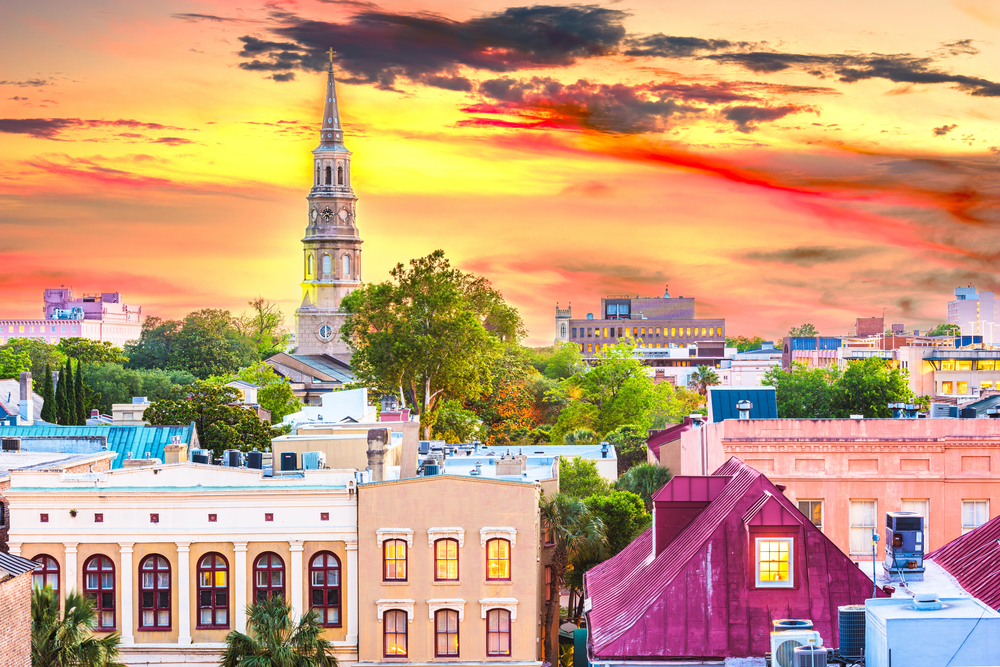
Winter in Charleston means mild temperatures perfect for architectural walking tours without summer’s sweltering humidity. The city’s renowned culinary scene becomes more accessible with easier reservations and more attentive service.
Historic homes and gardens remain charming in winter light, and nearby beaches offer peaceful shorelines for contemplative walks without summer crowds.
Like Travel Pug’s content? Follow us on MSN.
Seville, Spain
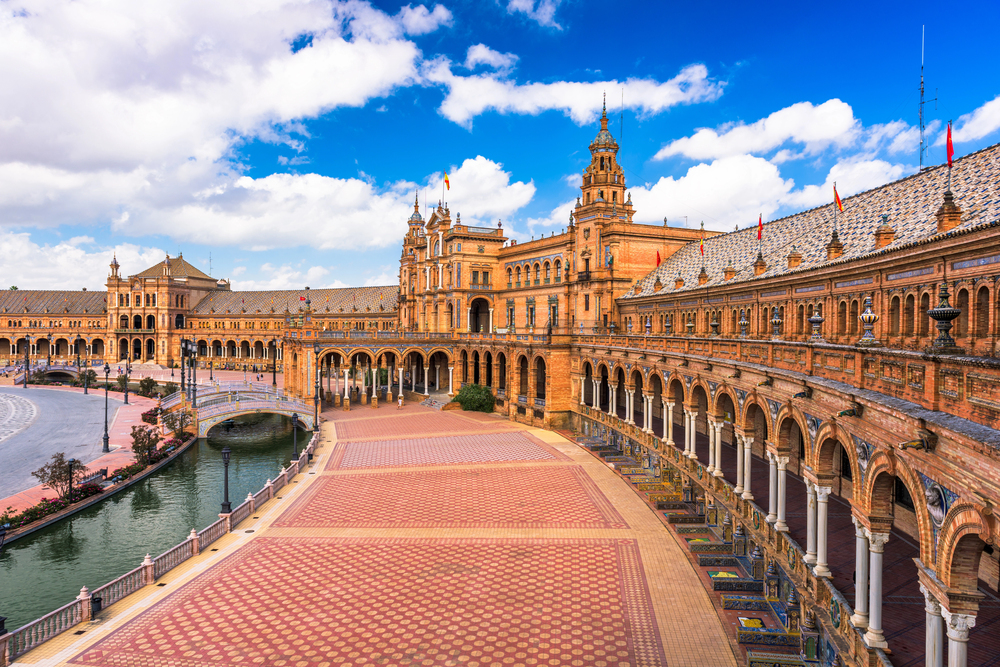
Winter and early spring in Seville provide comfortable temperatures for exploring this walking city without summer’s oppressive heat. In February, the famous orange trees lining the streets bloom, filling the air with citrus fragrance.
Flamenco performances in winter focus more on artistry for appreciative audiences rather than tourist spectacles, and tapas bars serve locals with traditional hospitality.
Tasmania, Australia
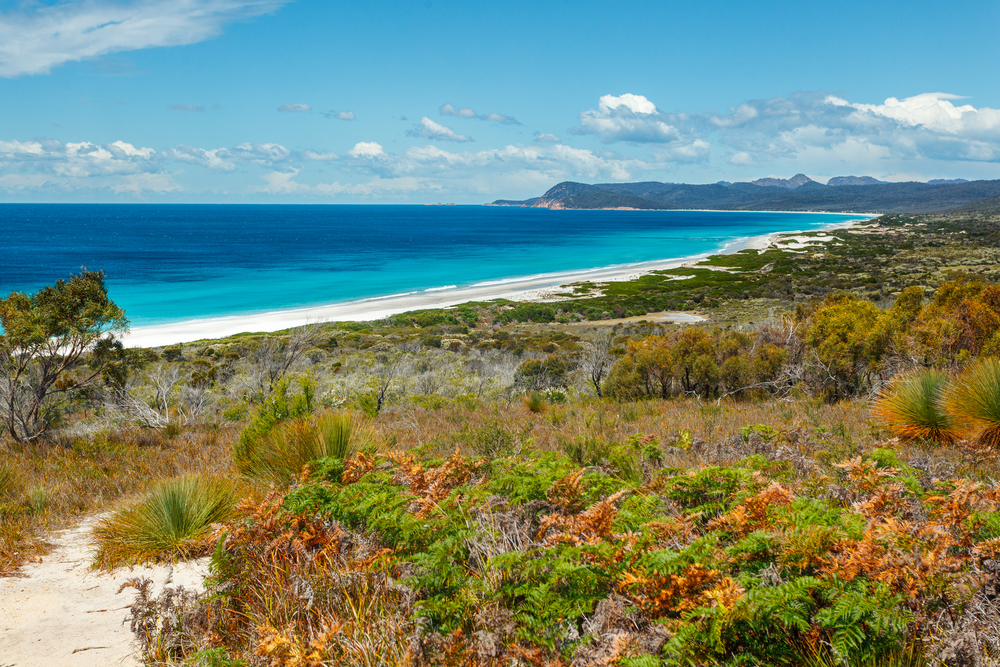
Autumn (March through May) in Tasmania brings spectacular foliage to temperate rainforests and comfortable temperatures for exploring national parks. Wildlife becomes more active and visible as summer heat subsides and the island’s famous food producers harvest seasonal specialties.
Accommodations across the island offer significant discounts, and popular hiking trails provide solitary communion with nature rather than processions of trekkers.
Quebec City, Canada

Winter transforms Quebec City into a magical northern kingdom with its famous ice hotel, winter carnival, and snow-dusted 17th-century architecture. The locals embrace winter wholeheartedly, creating an authentic cultural experience rather than enduring a tourism off-season.
Restaurants serve hearty Quebecois cuisine that makes perfect sense in snowy weather, and hotel rates drop significantly outside the Christmas/New Year period.
Like Travel Pug’s content? Follow us on MSN.
Amalfi Coast, Italy

April-May or late September-October along Italy’s Amalfi Coast means enjoying those dramatic Mediterranean views without summer’s traffic jams and crowded ferries. Restaurants in cliff-hugging villages serve locals rather than rushing through tourist turnover, and hiking the famous Path of the Gods becomes a serene experience rather than a crowded procession.
Boutique hotels offer surprising value, and interactions with residents feel genuine rather than transactional.
Sedona, Arizona
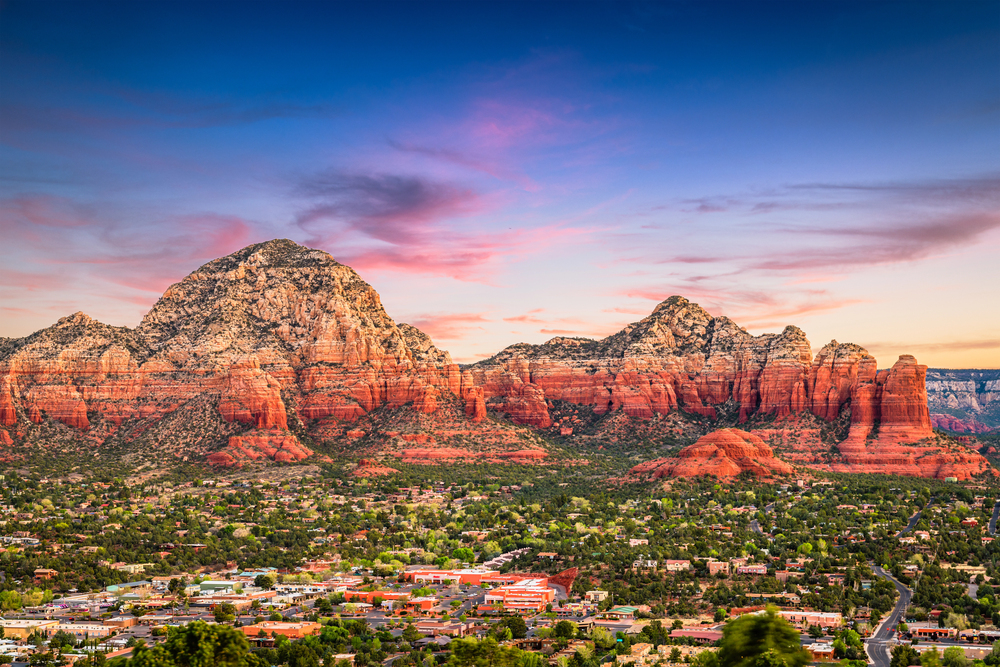
Winter in Sedona brings occasional dustings of snow that transform the famous red rocks into even more spectacular landscapes. Temperatures remain comfortable for hiking during daylight hours, and trails become peaceful journeys rather than crowded shuffles.
The absence of summer heat makes outdoor activities more enjoyable, and the area’s renowned spiritual vibe feels more authentic without peak-season crowds.
Paris, France
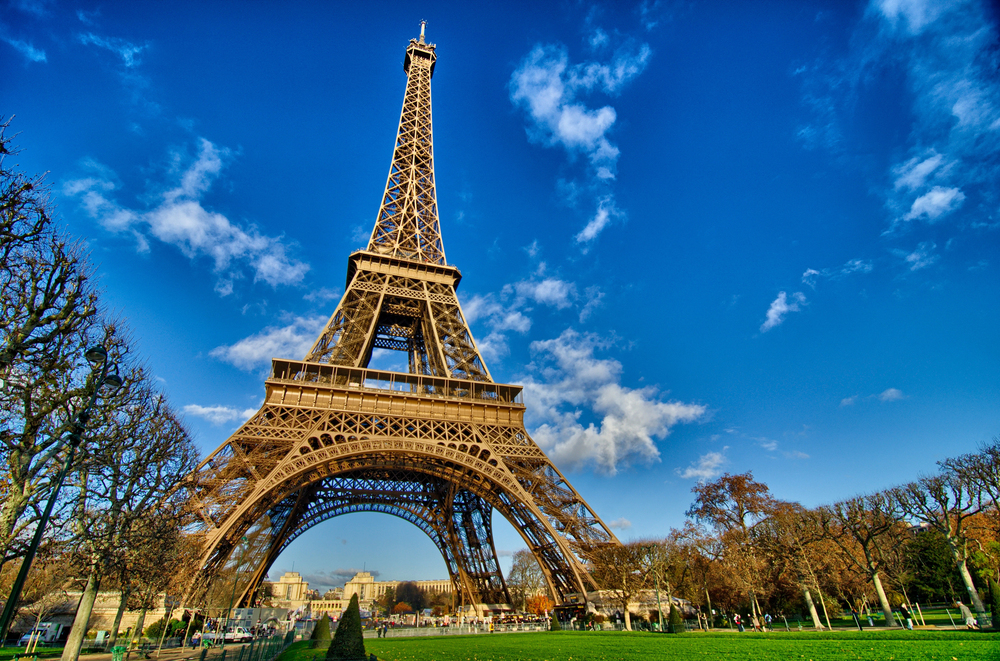
January and February in Paris reveal the authentic city beneath its tourist veneer. Locals reclaim their cafes and neighborhoods, museum queues virtually disappear, and the city’s famous parks gain misty winter charm.
Valentine’s season aside, hotel rates drop dramatically, making luxury accommodations surprisingly accessible. Winter also brings seasonal culinary delights like game dishes and soul-warming cassoulet that summer visitors miss entirely.
Like Travel Pug’s content? Follow us on MSN.
Cape Town, South Africa

May through August (South African winter) in Cape Town means fewer tourists despite comfortable temperatures averaging 64°F. The famous Table Mountain often stands clear of its summer ‘tablecloth’ cloud cover, providing better views and hiking conditions.
Restaurant reservations become easily obtainable even at renowned establishments, and wine country tours operate with smaller, more personal groups.
Dubrovnik, Croatia
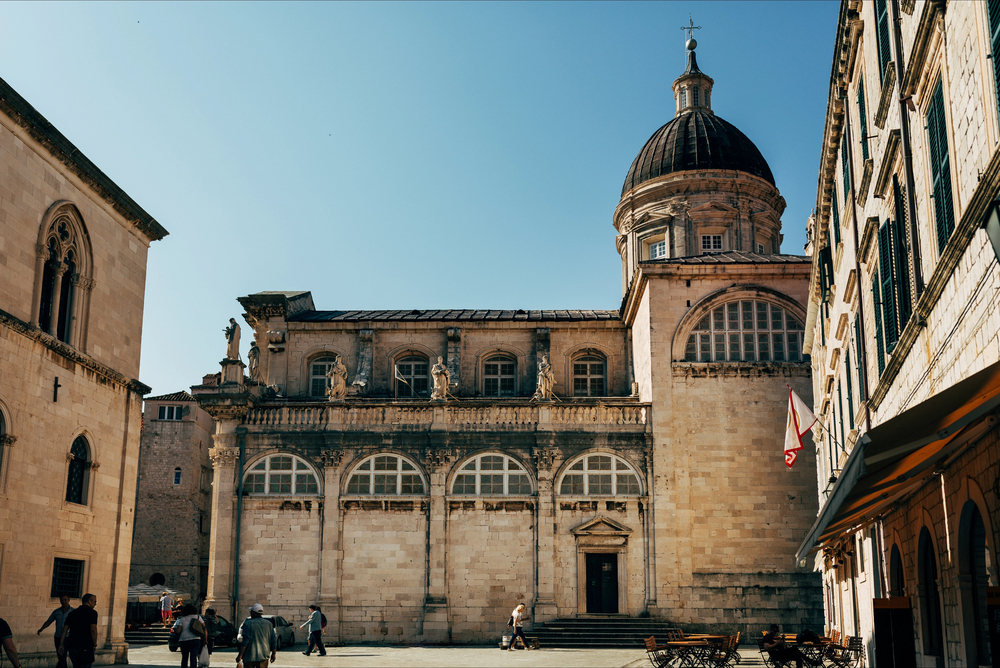
October-November or March-April in Dubrovnik allows exploration of the famous walled city without cruise ship crowds flooding its narrow streets. The Adriatic remains warm enough for swimming into autumn, and cafes along the walls provide peaceful vantage points rather than competitive seating scrums.
Locals return to their city during these months, restoring authentic character to a place that can feel like a theme park in summer.
Bali, Indonesia

The “rainy season” (November to March) in Bali means brief, refreshing afternoon showers rather than daylong downpours. The island’s famous rice terraces reach peak verdant beauty, temples see fewer visitors, and beaches maintain plenty of sunshine hours.
Accommodations across all categories offer substantial discounts, and cultural ceremonies return to their authentic spiritual nature rather than tourist performances.
Like Travel Pug’s content? Follow us on MSN.
The Beauty of Going Against the Flow

Traveling off-season requires embracing a different perspective—seeing rain as atmospheric rather than inconvenient, appreciating seasonal foods beyond summer fare, and valuing authentic cultural experiences over perfect weather. The rewards extend beyond practical benefits like savings and avoiding crowds; off-season travel often reveals the true character of destinations when they’re not performing for the tourist gaze.
The most memorable travel experiences come from connecting with places on their terms and appreciating their natural rhythms and seasonal shifts. Sometimes, the most beautiful version of a famous destination is precisely the one that conventional wisdom suggests you should avoid.
More from Travel Pug

- Cities Growing so Fast You Won’t Recognize Them in 10 Years
- 13 Destinations Where Tourists Regularly Regret Their Trip
- 20 Obscure WWII Sites Even History Buffs Don’t Know About
- 10 Under-the-Radar Mountain Towns That Are Both Affordable and Beautiful
- Remote Villages in Europe Where You Can Live for Free in Exchange for Work
Like Travel Pug’s content? Follow us on MSN.
